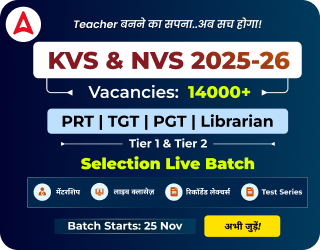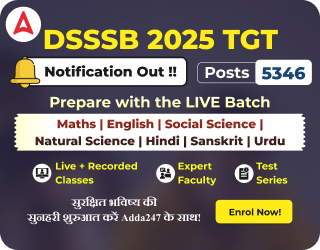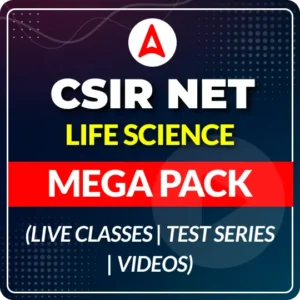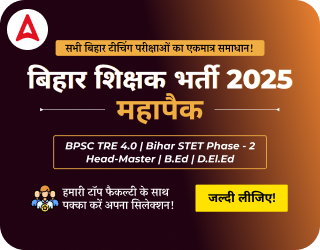Table of Contents
The Uttar Pradesh Secondary Education Services Selection Board (UPSESSB) has officially released the UP TGT Maths Syllabus and Exam Pattern 2025 for candidates aiming to become Trained Graduate Teachers (TGT) in Mathematics. To boost their chances of success, aspirants must thoroughly understand the detailed syllabus, subject-wise topics, and exam pattern. This article offers a comprehensive overview of the marking scheme, key mathematical concepts, and other essential exam-related details, enabling candidates to plan a focused and effective preparation strategy for the UP TGT Maths Exam 2025.
UP TGT Maths Syllabus 2025
The UP TGT Maths Syllabus 2025 is designed to evaluate candidates’ mathematical proficiency, problem-solving abilities, and the subject knowledge essential for teaching at the secondary school level. It includes a wide range of topics such as Algebra, Geometry, Trigonometry, Calculus, and Statistics, requiring a strong grasp of fundamental concepts and their practical applications. A solid understanding of logical reasoning and analytical thinking is also crucial. Familiarity with the complete syllabus enables aspirants to prepare strategically and boosts their chances of excelling in the exam and securing a position as a Mathematics TGT Teacher.
UP TGT Maths Syllabus 2025: Outline
The UP TGT Mathematics Exam 2025 is meticulously designed to evaluate candidates’ mathematical proficiency, problem-solving skills, and conceptual clarity. The exam follows a well-structured pattern comprising 125 multiple-choice questions (MCQs), each carrying 4 marks, totaling 500 marks. Candidates are allotted 2 hours to complete the exam. A key advantage is the absence of negative marking, allowing aspirants to attempt all questions confidently. The questions span a broad spectrum of topics, including Algebra, Geometry, Trigonometry, Calculus, and Statistics, ensuring a thorough assessment of the candidates’ subject knowledge and teaching aptitude.
| Uttar Pradesh Maths TGT Syllabus | |
| Recruitment Name | UP TGT PGT Teacher Vacancy |
| Origination Name | Uttar Pradesh Secondary Education Service Selection Board |
| Advertisement No. | Advt No. 01/2022 |
| Selection Process | Written Exam, Interview |
| Section | UP TGT Maths Syllabus |
| No. of TGT Vacancy | 3539 |
| Syllabus Sections | Algebra, Geometry, Trigonometry, Calculus, Statistics |
| Exam Date for TGT | 14-15 May 2025 |
UP TGT Maths Exam Pattern 2025
The UP TGT Mathematics Exam 2025, conducted by the Uttar Pradesh Secondary Education Services Selection Board (UPSESSB), is structured to comprehensively assess candidates’ mathematical proficiency, problem-solving abilities, and conceptual understanding. The exam comprises 125 multiple-choice questions (MCQs), each worth 4 marks, culminating in a total of 500 marks, with a time duration of 2 hours. A significant advantage for candidates is the absence of negative marking, enabling them to attempt all questions confidently. The syllabus covers a broad range of mathematical topics, including Algebra, Geometry, Trigonometry, Calculus, and Statistics, making a solid grasp of core concepts essential for success in securing a TGT Mathematics teaching position.
| UP TGT Maths Exam Pattern 2025 | |||||
| Examination Scheme | Total Questions | Marks per Question | Total Marks | Exam Duration | Answer Options per Question |
| 125 MCQs | 4 marks | 500 marks | 2 hours | 4 options (only 1 correct) | |
| Question Type | Multiple Choice Questions (MCQs) | ||||
| Marking Scheme | No negative marking | ||||
| Compulsory Questions | All questions are compulsory | ||||
| Focus Areas | Algebra, Geometry, Trigonometry, Calculus, Statistics | ||||
UP TGT Maths Detailed Syllabus 2025
The UP TGT Maths syllabus includes fundamental and advanced mathematical concepts essential for teaching at the secondary level. Candidates must focus on theoretical understanding, formula applications, and problem-solving techniques. Below is a detailed breakdown of the syllabus:
| UP TGT Maths Detailed Syllabus 2025 | |
| Subject Area | Topics Covered |
| Mathematics | Work, Time, and Speed, Compound Interest, Banking and Taxation, Elementary Rules and Flowcharts |
| Statistics | Frequency Distributions, Graphical Representation of Data, Measures of Central Tendency (Mean, Median, Mode), Measures of Dispersion (Variance and Standard Deviation), Birth and Death Statistics, Indices |
| Algebra | Polynomials and Their Factors, Logarithms, Linear Equations in Two Variables, Quadratic Polynomials and Equations, Ratios and Proportions, Number System and Set Operations, Simultaneous Equations (Three Variables) |
| Determinants and Matrices | Determinants up to 3×3 Order, Properties of Determinants (Kramer’s Rule), Types of Matrices and Matrix Operations, Symmetric and Skew-Symmetric Matrices, Solution of Simultaneous Equations Using Inverse Matrix |
| Set Theory and Probability | Laws of Set Algebra, Relations and Mappings, Equivalence and Composition of Mappings, Addition and Multiplication Principles in Probability |
| Real Analysis | Real Numbers and Countability, Limits, Continuity, and Differentiability, Bolzano-Weierstrass Theorem, Cauchy Sequences and Their Convergence, Theorems on Continuity and Differentiability |
| Trigonometry | Trigonometric Ratios and Identities, Inverse Trigonometric Functions, Heights and Distances, Trigonometric Equations and Solutions, Properties of Circular and Convex Functions |
| Complex Numbers | Sum and Products of Complex Numbers, De Moivre’s Theorem and Its Applications, Exponential and Logarithmic Functions of Complex Numbers |
| Geometry | Pythagoras Theorem and Its Applications, Circle, Segments, and Chords, Tangents, Secants, and Angles in Circles, Similarity of Plane Figures |
| Coordinate Geometry | Equations of Lines and Planes, Homogeneous Equations of Second Degree, Conic Sections (Circle, Parabola, Ellipse, Hyperbola), Tangents, Normals, and Their Properties, Three-Dimensional Geometry (Sphere, Cone, Cylinder) |
| Calculus | Differentiation: Algebraic, Trigonometric, Exponential, and Logarithmic Functions. Integration by Substitution and Partial Fractions, Definite Integration and Its Applications, Differential Equations and Their Solutions |
| Vector Analysis | Displacement, Velocity, and Acceleration Vectors, Scalar and Vector Products, Work, Force, and Torque Calculations |
| Statics and Kinematics | Equilibrium of Forces (Lami’s Theorem), Laws of Motion and Work-Energy Theorem, Projectile Motion and Power Calculations in MKS System |
UP TGT Maths Syllabus 2025 PDF Download
To streamline your preparation, candidates can download the UP TGT Mathematics Syllabus 2025 PDF, which provides a structured breakdown of topics. This PDF serves as a vital resource to help candidates focus on key areas and track their progress efficiently. If required, candidates can also refer to the complete UP TGT PGT Syllabus for all UP TGT subjects to ensure a holistic approach to exam preparation.
Download UP TGT Maths Syllabus 2025 PDF

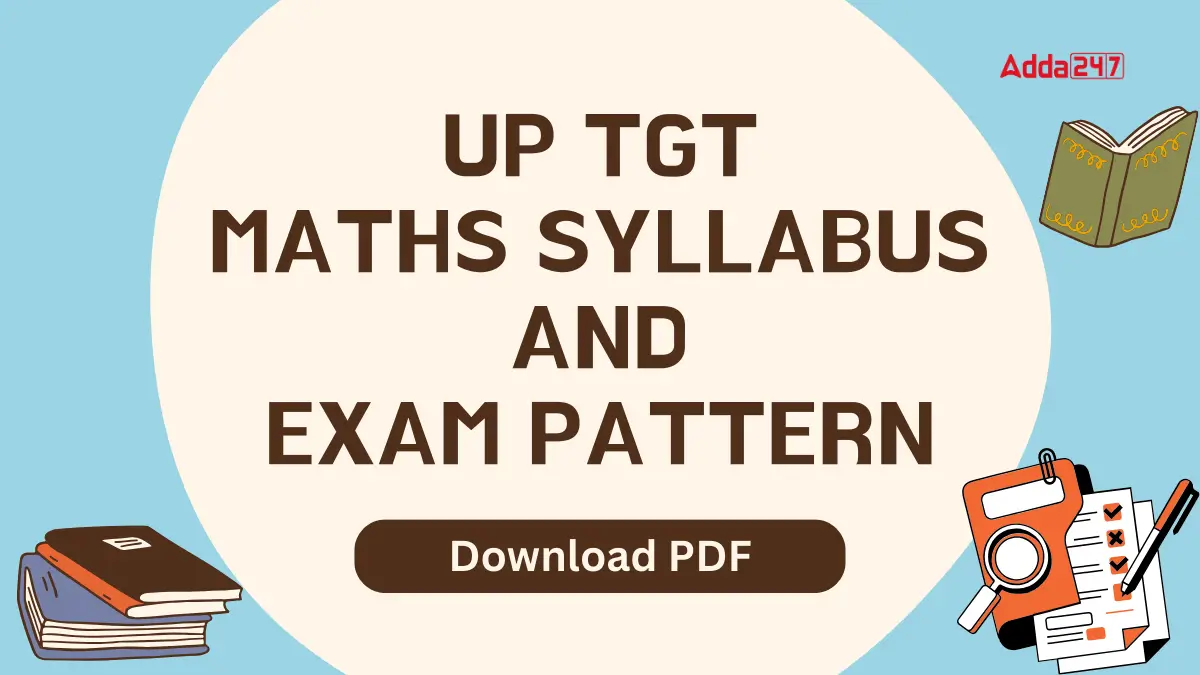
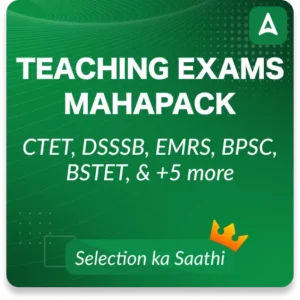

 OSSTET Syllabus 2025 Download Subject-Wi...
OSSTET Syllabus 2025 Download Subject-Wi...
 UGC NET Visual Arts Syllabus 2025 PDF Do...
UGC NET Visual Arts Syllabus 2025 PDF Do...
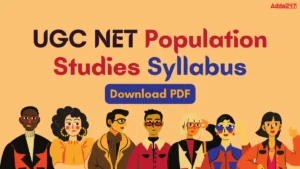 UGC NET Population Studies Syllabus 2025...
UGC NET Population Studies Syllabus 2025...
